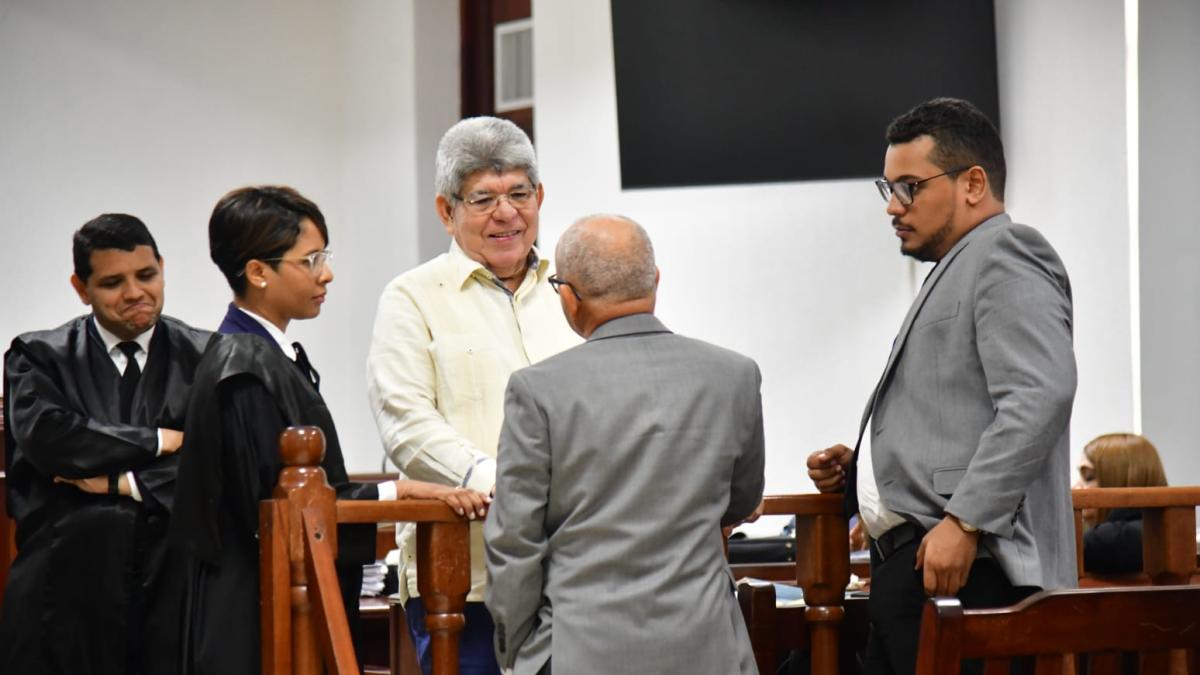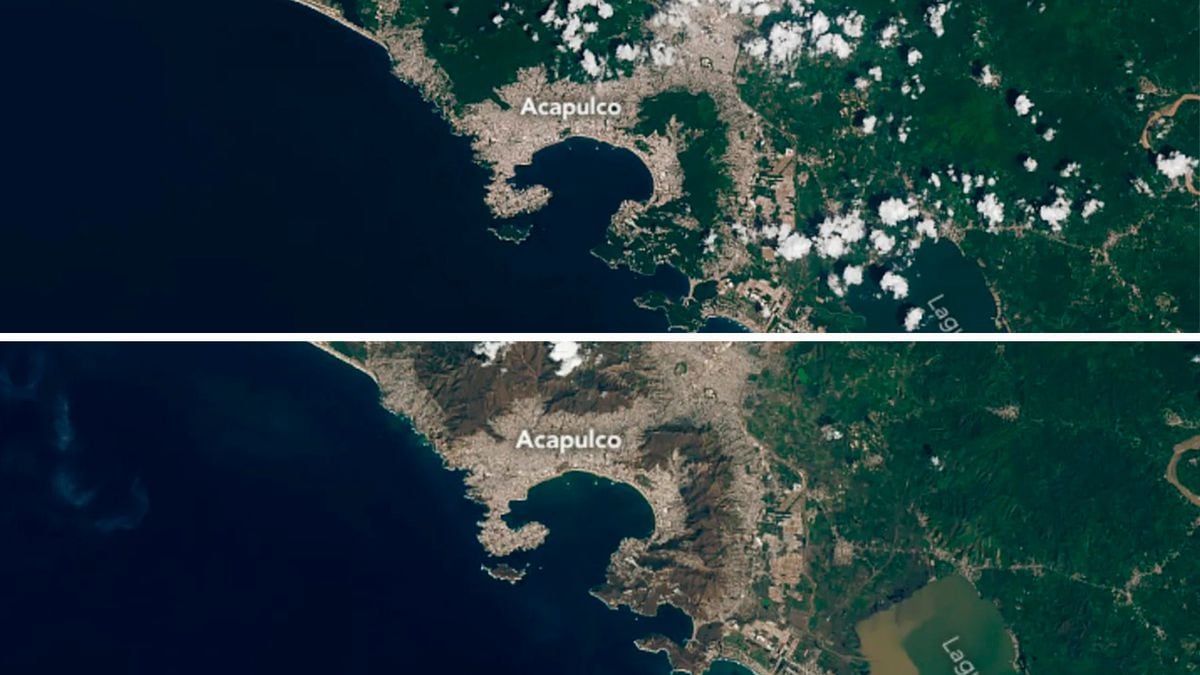After the discovery at Vieques the remains, apparently, may come from a 18th century Spanish shipMayor of Island Municipality, Jose 'Junito' Corsino, He said the city council is contacting experts to evaluate the remains so they can be put on public display.
“We as a people are committed to our heritage. These remains, from what some experts tell us, come from a Spanish ship from the 18th century or from the 19th century, including a cannon; (the collection of fragments) will be carefully examined by experts in the field. “We will contact you soon to examine these remains in detail. We are evaluating potential experts on the subject,” the mayor commented in a press release.
According to Corsino, the first part of the work aimed to confirm the identity of these boat fragments, their origin and their name.
“We are in direct and regular contact with the employees Puerto Rican Cultural Instituteas well as marine archaeologists and shipwreck experts. We are in talks with other experts on this matter, particularly in the state of Florida. This is an issue we are going to deal with professionally and always with the aim of preserving this heritage for our people.” he added.
Then, they will seek to implement a preservation and restoration plan, in accordance with municipal, state, and federal regulations governing the preservation of artifacts of historical value.
“What I want to make clear is that the remains of this ship are here in Weeks and at some point we will present it to people so they know its history,” he concluded.
EFE news agency reported yesterday that the fisherman Cecilio Ponce He found out after Tropical Storm Ernesto passed through our area.
Ponce said he thought so at first Ordnance or debris from US Navy military pollution It used the island-municipalities of Vieques and Culebra as shooting ranges until May 2003 and rented those areas to other countries to test their weapons.
Maritime archaeologist Juan Vega told EFE in a telephone interview that after examining the remains in a previous investigation, he did not rule out the discovery of the sunken ship. “A Spanish Ship of the 18th Century.”
“There's a lot of lead in a board and the Spanish used a lot of lead to avoid attack by sea worms that eat the wood, the British tended to use copper, and Spanish construction in America also used lead,” Vega said.





